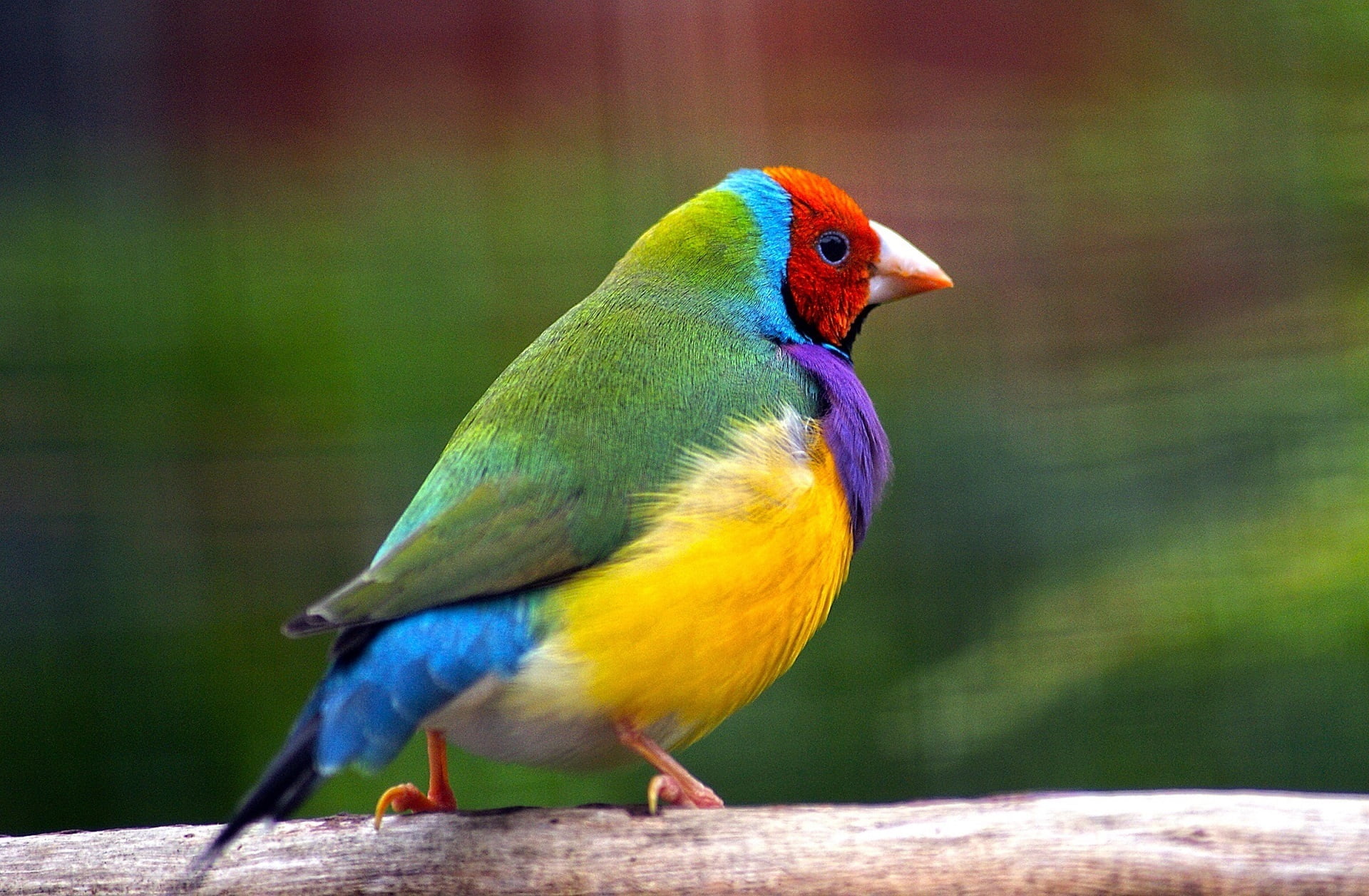The Gouldian Finch (Chloebia gouldiae) is a captivating and vibrantly colored small bird native to the northern regions of Australia. Revered for its striking plumage and captivating behavior, this avian marvel has captured the hearts of bird enthusiasts and aviculturists worldwide. In this article, we will delve into the enchanting world of the Gouldian Finch, exploring its appearance, habitat, behavior, and how it has become a beloved addition to aviculture.

Appearance
The Gouldian Finch is renowned for its breathtakingly diverse and kaleidoscopic plumage. Adult males display a mesmerizing combination of vibrant colors, including bright red, striking green, and royal purple adorning their heads, chests, and backs. A distinct black band separates these vivid hues, enhancing their visual appeal. In contrast, adult females boast a more subtle yet equally enchanting appearance, with lighter shades of green, yellow, and blue adorning their plumage.

Interestingly, young Gouldian Finches exhibit a predominantly olive-green hue, gradually maturing into their stunning adult colors as they reach adulthood. These magnificent colors have earned them the nickname “Rainbow Finch” among admirers.

Distribution
Gouldian finches, native to Australia, are primarily found in the Northern Territory and the Kimberley region of Western Australia. They inhabit tropical savannahs, thickets, and woodlands near water sources.

Habits and Lifestyle
These social birds often join mixed flocks, sometimes numbering up to 1,000-2,000 individuals, outside the breeding season. During the dry season, they adopt a more nomadic lifestyle, seeking food and water wherever available. Active during the day, Gouldian finches forage in small groups on the ground or in flight. While generally quiet, they occasionally produce a high-pitched whistling sound, along with trills, soft chirps, and hisses.

Diet and Nutrition
Gouldian finches are herbivores, primarily consuming ripe and half-ripe grass seeds, supplemented occasionally with insects.
Mating Habits
In terms of mating behavior, these birds are monogamous and form long-lasting pair bonds. Breeding typically occurs during the early part of the dry season when food is abundant. Male courting behaviors include bobbing, ruffling feathers, and displaying their bright colors. They build their nests in tree holes, and the female lays a clutch of 4-8 eggs. Both parents take turns incubating the eggs during the day, with the female taking the night shift. After 13 days of incubation, the eggs hatch, and the altricial chicks, born naked and blind, are cared for by both parents. The chicks become independent at around 40 days old, having fledged and left the nest 19-23 days after hatching.
